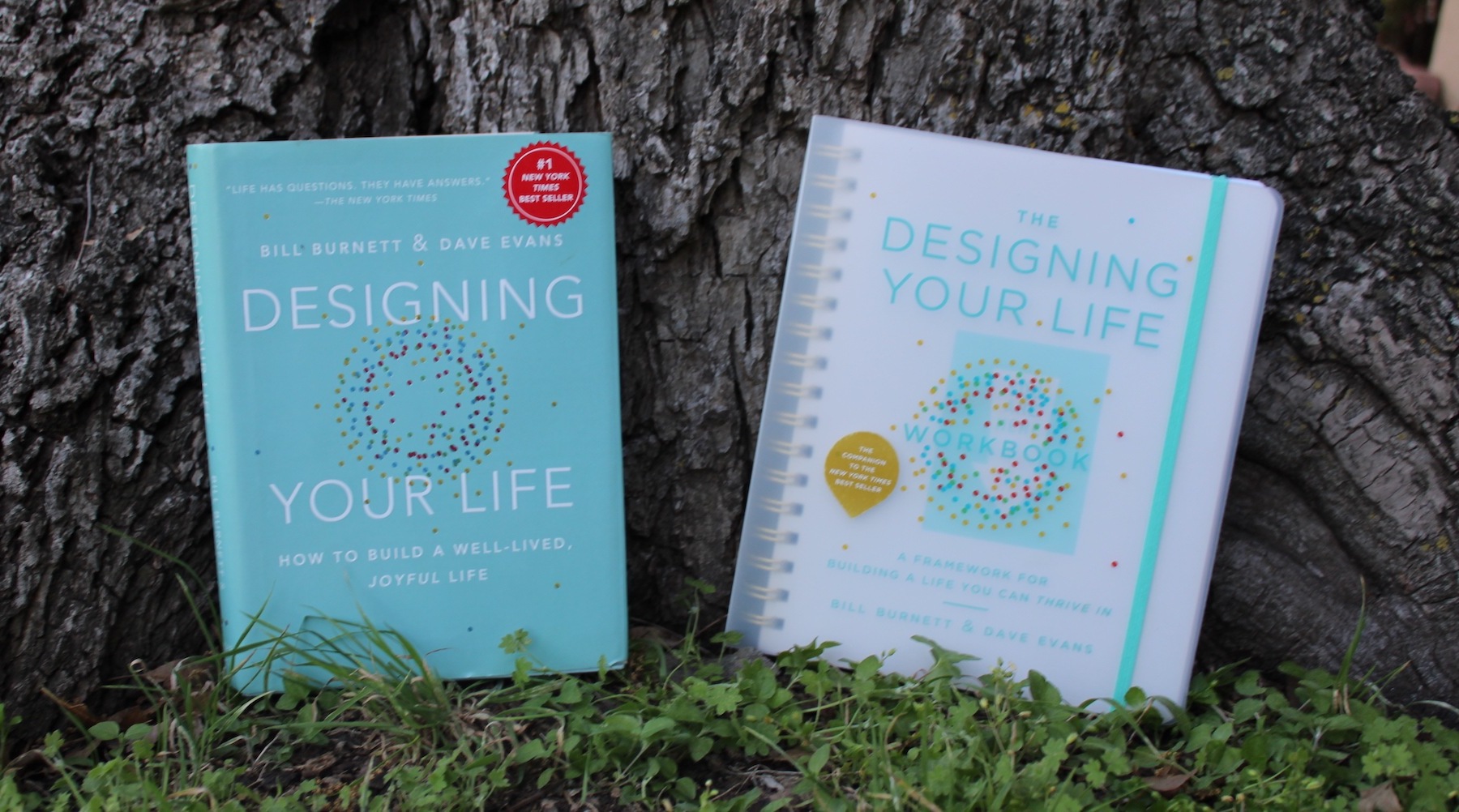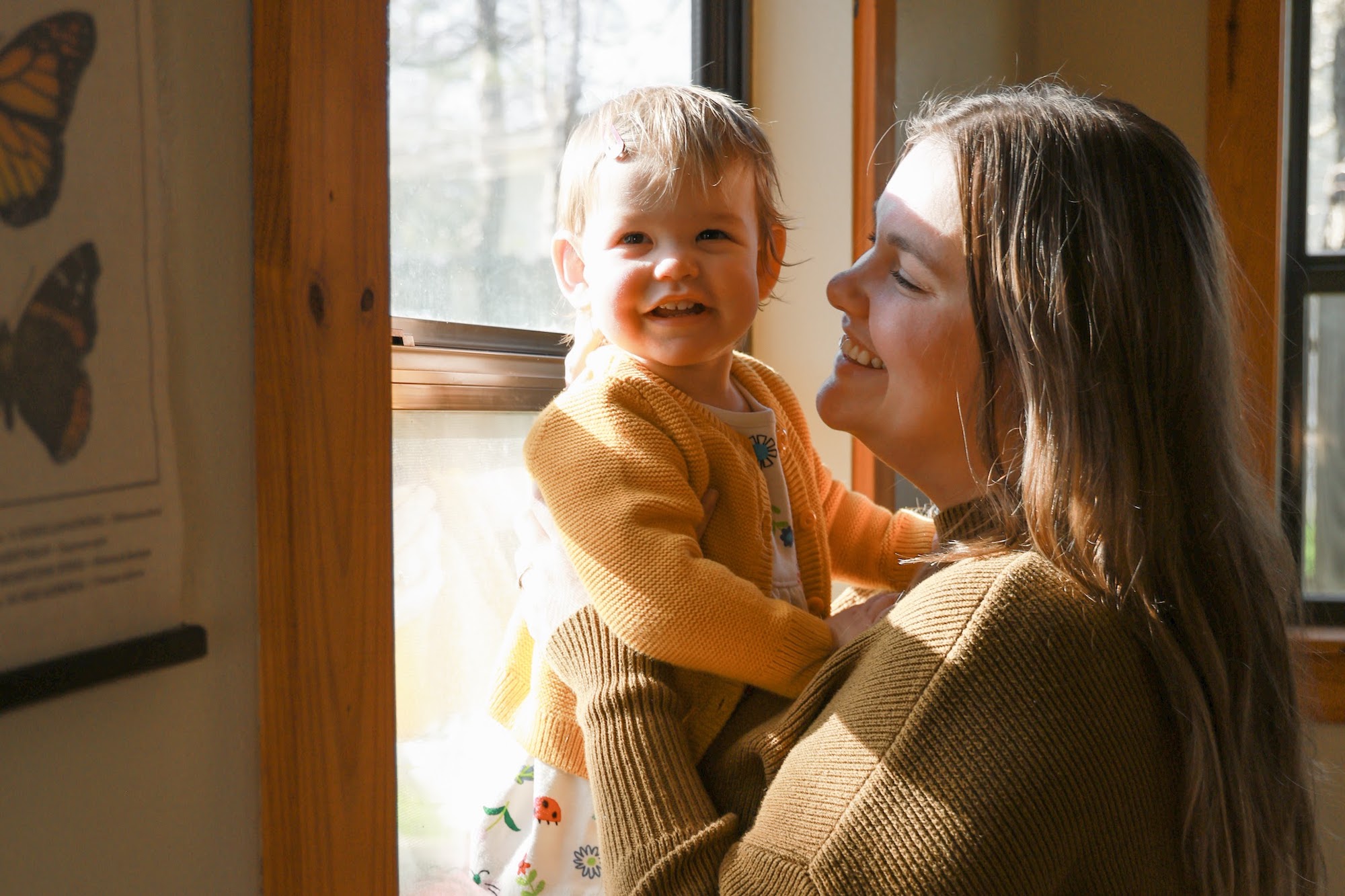We all love good design. You probably find yourself appreciating good design every day. There’s nothing quite like the glory of an airplane, a perfect pair of jeans, or the simple satisfaction of a well-designed chair. The smart phone you hold in your hand was one of the most carefully designed items we’ve ever seen. Maybe even more so, you find yourself getting frustrated over poor design. You can’t always put your finger on it, but something in your brain knows when the curtains in the restaurant are hung a little too high, the handle of your coffee mug is just a little too thin, or the cut on your suit jacket just isn’t quite right. Design is important. And it doesn’t happen by accident.
Designers use a set of principles to guide their process of brainstorming, prototyping, and innovation. What if we used the very same principles to design our lives?
That’s what authors Bill Burnett and Dave Evans have set out to teach you to do. With backgrounds in tech and product design, these professors at the Stanford Design Program created a class in which students learn to use design thinking to create a life that works for them. This class has helped thousands of students to create a life they previously hadn’t even known to hope for.
I read Designing Your Life: How to Build a Well-Lived, Joyful Life by Bill Burnett and Dave Evans and walked through the entire process of designing your life laid out in the book. I did every writing prompt, tried every experiment, and ended up with some interesting results. But first, I had to learn what it meant to think like a designer.

Thinking Like a Designer
Before designing your life, you have to learn how designers think. First of all, designers love problems. Because there is always, always a solution. In fact, there are many solutions. Designers don’t assume that there is only one solution to their problem, but rather that there can be many great solutions.
Sometimes, we think that a problem is unsolvable because we’ve decided that there is one perfect solution for that problem, and when it doesn’t work, we assume the problem is unsolvable. We confuse the real problem with our inability to make that one solution work. The Designing Your Life authors call these, “Anchor Problems”. Here’s an example from my own life.
My problem: I want to work in the world of books.
My perfect solution: I will pursue a career as a librarian.
However, I found that a career in a library is not as flexible as I wanted it to be— I wanted a career where I could travel often, spend time working remotely from different places, and take time off when I needed to. So now my perfect solution wasn’t working and I thought I was stuck. But I was focusing on the wrong solution, not the problem itself.
I anchored my problem to one “perfect” solution and when that did not work, I thought the problem was unsolvable. The solution became the problem. The difficulty was that I hadn’t taken the time to explore any other possible solutions to my problem. Were there other, more flexible careers that involve reading books and writing about them? Turns out, there are. The only way to really move forward on a problem like this is to return to the actual problem (in my case, a career talking about books which also includes location freedom) and brainstorm other possible solutions outside of your first idea. Designers, as this book teaches, never go with their first idea. They generate lots of ideas so that they have lots of options to choose from. They also prototype.

Prototyping
Performers call it workshopping, designers call it prototyping. Prototyping, simply put, is a test or sample project which helps to illuminate potential problems in your design. Life prototyping is trying out shifts in your life to see what works and what doesn’t. Prototypes are always influenced by questions. Could you experiment with your work hours? Try working from home 2 days a week? Take a volunteer position at the nonprofit you’re considering working for? What would it be like to take some of your meetings outside? How would it feel to work on Saturdays, take Mondays off, and spend Mondays at parks and art museums without the weekend crowds? Life design prototyping is as simple as asking a question and uncovering its answer by trying it out. As a result, prototyping will naturally create more questions. Designers love questions.
I tried some prototyping in my own work life. I’m in an unusual situation in which I have a lot of freedom to experiment with my work style. Right now I’m experimenting a lot with my work hours. I have the freedom to set my own hours, which means that I don’t have to adhere to a 9:00-5:00 schedule. I’ve experimented with a 12:00-8:00 schedule and a schedule where I work fewer hours during the week and then work a few more on the weekends. I’ve also tried working three extra long days and taking the other four days off.
Additionally, I’m experimenting with how my energy levels change depending where I’m working and who I’m working with. Through previous experience, I realized that working with other people full-time isn’t the best for me— I need time alone to focus. However, I also can’t work alone all of the time; I need the energy that collaboration with others provides. So where does that leave me? Through tracking my energy through my Good Time Journal, I’ve found that my perfect balance lies in spending about half of my time working alone and the other half collaborating with others. I’ve also found that working near others but not necessarily with them, like in a busy coffee shop, is a great sweet spot for me.
Designing Your Life is full of incredible writing prompts and exercises that will help you prototype a life that works for you.
Most career and self-help books will tell you that the best way to build your career is to follow your passion. Burnett and Evans have to disagree. Firstly, most people don’t even know what they’re passionate about. Secondly, sometimes the things we are passionate about do not send us on a clear career path. Most of us only discover what we are passionate about by experiencing many things. The Designing Your Life authors encourage you to try as many things as you can to discover what you are really passionate about.

Designing Your Life Experiments
I used the book in conjunction with the official Designing Your Life Workbook in which I completed all of the writing prompts and design experiments. The writing prompts in the first couple of chapters encourage you to take stock of where you are and what is important to you. In one chapter, you develop your “True North”, by hammering out your Lifeview and Workview by penning the reasons and motivations that you believe are the most important in life and work. By uncovering your True North, you are able to create a compass that will guide you in your life design quest. Even if you’re not totally sure where you are going, you can be confident you are moving in the right direction.
To me, the most impactful exercise in Designing Your Life was the Good Time Journal exercise. In this exercise, you track your daily activities for three weeks. Next to each task, you note engagement, flow state, and energy levels. Were you engaged or not? Did the activity give you energy or drain you of energy? I found that I was most energized while writing and while collaborating with others.
You are also encouraged to note any time you enter a flow state. A flow state is a state of full immersion in an activity, one where you are completely engaged and energized. For many, a flow state feels like time is standing still. You can’t expect to be in a flow state all the time, but mindfully noting the moments you find yourself in a state of flow can help to guide you toward the types of activities that are most engaging to you. You can then try to add more activities like those into your work life.
I found that sometimes I entered a flow state while writing, and sometimes I didn’t. Allowing myself to write without any editing has helped me to enter and stay in a state of flow. When I write while trying to simultaneously edit my work as I go, the work goes much slower and has a lot more start and stop. Instead, I try to write continuously without any editing, and then I designate a time later to edit my work. I write more efficiently and the process is a lot more enjoyable when I allow myself to enter a state of flow.
Other life design experiments included mind map brainstorming, designing multiple lives for yourself, and life design interviews.
Is This Book for You?
Overall, I highly recommend this book to anyone who feels like their Life Design could use some improvement. Whether that be a major overhaul, like a career change, or just a few smaller shifts, like finding more ways to work outdoors, this book will steer you in the right direction. You do not have to have the workbook to get the most from this Project, but it is convenient to have for the exercises, especially the Good Time Journal exercise. If you do decide to go through the entire Life Design process, I would love to hear about your experience. You can email me at emily@project-emily.com or connect with me on Instagram @projectemilyblog.
I write about four other books that will help you create the life you dream about. Read about them here.
Thanks for reading about my Project Designing Your Life experience. To stay up to date on all my projects and reviews, join my email newsletter below. To follow along with regular updates on the my current project, follow me on Instagram.





